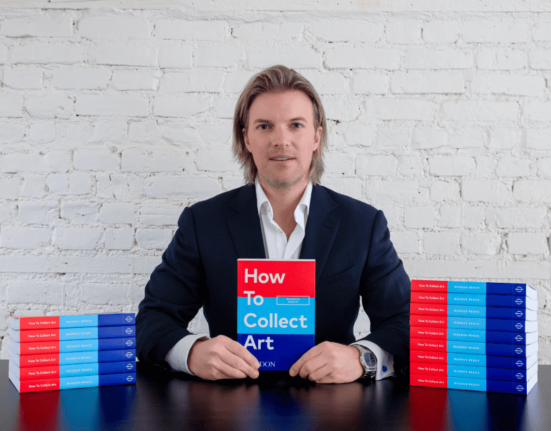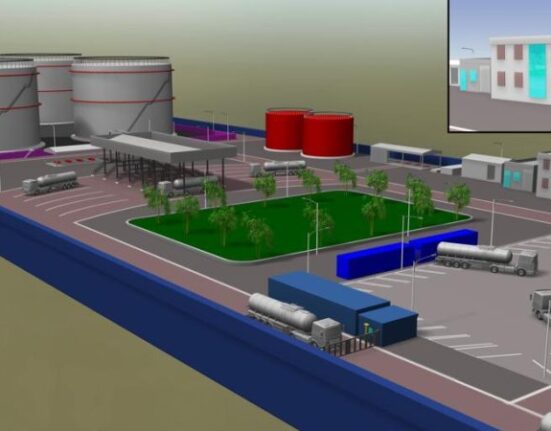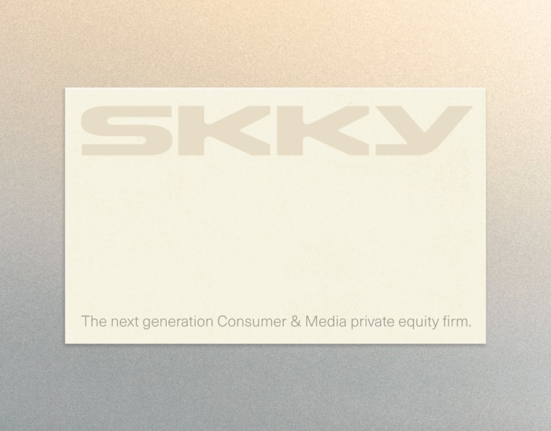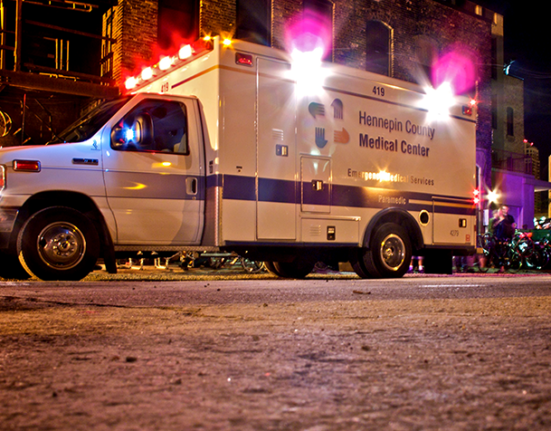Each year, Ministers and senior public servants attend an annual Budget Estimates inquiry to answer questions about the expenditure, performance and effectiveness of their agencies. It is a key process for government accountability and transparency, explains the NSW Government’s website.
Last Thursday (9 November), it was NSW Special Minister of State Roads, Arts, Music and the Night-time Economy, Jobs and Tourism, John Graham’s turn to come before the Legislative Council to answer questions about spending for 2023-24.
While freeway tolls and koala roadkill were persistent topics, so too was a level of confusion over efficiency dividends imposed on our cultural institutions and questions around operating budgets, with the most extreme finger point directed at Powerhouse CEO Lisa Havilah for, ‘running a sex shop out of the Powerhouse’. Really, is this the level of understanding for our sector on the floor of Parliament?
Furthermore, Havilah was required to be present to answer questions – along with Annette Pitman, Chief Executive of Create NSW, Mary Darwell, CEO of Museums of History New South Wales (MHNSW) and Dr Michael Brand, Director of the Art Gallery of NSW/Sydney Modern (AGNSW). These sector leaders were all sworn-in – but only Havilah was not called upon, reiterating the desire for beat-up rather than genuine interest in the museum’s activities.
While the day-long hearings often got bogged in minutiae around the quibbles of some politicians, the estimates inquiry did offer some interesting insights and updates for this next parliamentary cycle.
ArtsHub sat in on the hearing last week.
From rave house to sex den, swords remain drawn on Powerhouse
Mark Banasiak (Member of the Shooters, Fishers and Farmers Party and Portfolio Committee Member for Transport and the Arts for the Budget hearings) called Graham to account for the exhibition Absolutely Queer, currently on show at Powerhouse Ultimo, asking ‘whether it fits into the view of good family entertainment’.
‘The souvenir shop has explicit souvenirs including phallic fruit, bondage items and clitoris key rings. Minister, how does this fit in with technology, science and industry?’ Banasiak asked. ‘Clearly, the leadership team of the Powerhouse Museum doesn’t share that direction, because the former CEO was sacked because she was organising rave parties that damaged precious exhibits. Now we have Ms Havillah running a sex shop out of the Powerhouse.’
If only it were that amusing, but this is the level of commentary that surrounded much of the discussions for passing the state’s forward budget for the arts. Graham’s response to Banasiak was: ‘I don’t accept the description of how the Powerhouse has been run,’ adding, ‘I don’t plan to intervene in particular exhibitions.’
He said, ‘The government has been very clear what its vision is for the Powerhouse, and it’s very much a science and technology museum. I am a supporter of the creative industries, and there’s a place for groundbreaking art. That hasn’t always been popular with all the groups,’ adding to Banasiak, ‘and your colleagues have really led some of the arguments about this. It’s going to take some time to stitch back a vision for what this institution should be.’
While Graham championed a case for autonomy of programming, he admitted that it is ‘true that there are far fewer families going to the Powerhouse at the moment’.
Is Parramatta Powerhouse on budget?
The Minister answered this question clearly: ‘Parramatta project is on budget. The cost to [the] Government is $814 million. And that includes the work that we’re doing developing a new building at Castle Hill.’
Graham confirmed that the budget for the Castle Hill project was $44 million, and that the project is complete. There has been a delay, however, in issuing the occupation certificate for the building. The Minister explained: ‘In the course of the final commissioning for the building, it became clear that there needed to be an upgrade of the sprinkler system for the entire campus at Castle Hill. That work is being undertaken.’
While he took notice on confirming whether this would incur a cost additional to the $44 million, he suggested it fell within the project’s contingency.
NSW festival facing costs three times higher than other states
One of the items raised was the increased costs for music festivals in New South Wales compared with states such as Queensland and Victoria. One of the reasons for that blowout – being up to three times higher – is that user pay services from police are higher.
‘It is a concern that’s been raised with me over some time,’ said Graham. ‘That cost does put significant pressure on the festival sector. It means good operators face high costs, and bad operators are tempted to cut costs. And that is a real concern to the Government.’
The NSW Government is currently receiving submissions for the Music Festival Act Review.
Graham said that these costs ‘are a concern for the viability of the festival sector,’ but rebuffed the idea that there was a conflict of interest in play, given the decisions about the number of police required is based on risk assessment by the police, which is the party being paid for the service.
The issue of safety management planning for music festivals was also raised, with a note that paperwork is currently required 60 days in advance of an event, and notification often as late as just 14 days prior. The Minister said that the current situation of high costs will stick until that report is delivered, and comes into effect next year.
‘The first thing I want to make clear is that we won’t be launching a war on music. That was where this started – a direct war on the festival sector in New South Wales, and we nearly lost some of the best operators. We should be taking a holistic view about those costs and getting them down to a level where other states are, but doing it with safety in mind, doing it with festival viability in mind,’ said Graham.
Is the State Library adequately catering for diverse language backgrounds?
The Estimates Committee heard that the number of people with diverse language backgrounds and cultural backgrounds using the State Library is on the rise, but there were concerns about whether the budget will account for investment to ensure a greater collection of multicultural material is not only maintained, but improved upon.
Graham said on record that he was strong supporter of the State Library, noting, ‘There has been more investment, in general, in the State Library, compared to where we were prior to pandemic funding. This budget, it is up 10%,’ he said, adding that was in part from multicultural lobbyists.
AGNSW double the size but not double the operating budget
Susan Carter MP directed a persistent line of questioning to Dr Michael Brand, who sat before Parliament. Her concern was “a cut” to principal recurrent funding for the AGNSW from the state budget. Carter was insistent that while the Gallery’s footprint had expanded significantly, its operating funding from Government had not, with the organisation looking at a $30 million cut.


‘What we’re looking at is a reduction in funding to run an institution that’s twice as big in a climate of rising inflation, so increasing costs on the budget, but 40% less on your figures and about 10% less than the previous recurrent funding, is that right?’ asked Carter.
Brand replied: ‘The line you’re referring to was one where it says $71 million last year and $40 million this year… It is, but it isn’t exactly.’ He continued, ‘While it could look like a 40% drop in the Art Gallery’s recurrent funding from the State Government, it’s actually not that way.
‘Our budget is very complicated because it’s a mixture of private and public funding. And it fluctuates from year-to-year between recurrent operating expenses, capital expenses, maintenance and also because we’ve just had the Sydney Modern Project. In actual fact, the $71 million also includes a number of one-off expenses, because of the private capital campaign donations coming in, which are pledged over multiple years. It covered the last two years of those pledges coming in.’
Brand said flatly, ‘I’d say that it hasn’t been reduced… $71 million last financial year includes $70 million of the short-term cash facility. Then there was a COVID-related recovery payment. There were also some Sydney Modern Project disruption costs. So if you take those away, you’re down to about $43 million, which is similar to what, in actual fact, is this year’s operating budget.’
Brand continued that the Gallery is ‘currently discussing with the Minister and the Department’ its final recurrent budget, and that ‘all current conversation is speculation’. He added that the Gallery has doubled its retail capacity, and venues for hire.
As the saying goes, you can make numbers say anything. ‘You’re talking about capital funding, and I’m talking about recurrent funding,’ continued Carter, pushing as to whether there would be staff cuts, an entry fee or cuts to the program.
‘It’s the same answer,’ replied Brand. ‘We are currently in discussions with the Government to ensure that we continue operating and serving the public as we always have.’ Carter persisted further to ascertain what efficiency dividend the Gallery is likely to face. ‘We’ve always been subject to efficiency dividends. My understanding is it’s around $3 million,’ said Brand. ‘It’s complex, as it’s from a series of years being added up.’
Carter also persisted with her line of questioning as to whether the Gallery would find it harder to attract philanthropy in the future if the Government’s support of operational costs did not increase proportionately to the building footprint.
‘I think the reason behind the success of the Sydney Modern Project is the ambition of our vision and our long track record of delivering a fantastic public art museum for Sydney,’ said Brand, but added ‘hypothetically, yes’, of a government decrease. Clearly, this one remains a “watch this space”.
Read: It’s a great building, but…
Blockbuster funding threatened
Carter made the point that the Sydney International Art Series, funded by Destination NSW, has been an important source of funds for the Gallery in past years to stage major exhibitions in the summer months.
But with $109 million cut from Destination NSW, she asked if the series of exhibitions would be threatened. ‘We have received very strong support from the Government through Destination NSW, and also through Create’s blockbuster funding,’ said Brand. ‘We hope to be able to continue those successes in the future.’
The outcome of this cut is still unknown.
Business case for the Roxy Theatre Acquisition
The ongoing conversation regarding the potential compulsory acquisition of the Roxy Theatre in Parramatta, was raised. Graham confirmed that it was an election commitment that a business case study would be conducted. ‘There’s certainly work underway. There’s a range of ways this issue may be tackled. It’s an important election commitment to look at the future of the Roxy Theatre,’ he said.
Later in proceedings, the CEO of Create NSW, Annette Pitman confirmed that two to three staff from the peak organisation are working on the case study. ‘We are in the process of doing final business casework and will provide the Government with options in terms of what the Roxy could potentially achieve as a cultural venue, as well as scales of potential development and potential options for investment,’ said Pitman.
She noted that the timeline for delivery will depend on which of the options the Government chooses.
Read: An arts portfolio should raise questions; NSW Labor provides answers
Indigenous Cultural Centre at Barangaroo
In 2022, plans for Buruk – a national Indigenous cultural centre based at The Cutaway in Barangaroo – were scrapped. The Minister was questioned about a DA (development approval) presented by Infrastructure New South Wales for the development of the site earlier, which received criticism from First Nations leaders. The Committee asked if there remains plans for such a centre in the budget.
‘This is a really important issue for New South Wales, and that refurbishment of The Cutaway is unfolding. That space will be upgraded,’ said Graham. ‘There have been advocates of the use of that space in the way you’re describing, and I’ve certainly met with them. The steps we’re working through are, first to get in place this overall arts policy [for the State], but I would regard it as a really important question for Create NSW to resolve what I feel is an obvious gap in the cultural infrastructure and offering.
‘I think it’s also important that this discussion isn’t rushed,’ he said, adding, ‘This has got to be deeply engaged with Indigenous communities, otherwise it simply won’t work.’
And an Indigenous name for AGNSW?
‘This has been quite public. It’s still the new Government’s aspiration, which the former minister put in process,’ confirmed Graham. ‘We’re still moving towards that. There’s not a timeline confirmed.’
Will cultural efficiency dividends affect free access?
When asked about the continued impact of the efficiency dividend on the state’s cultural institutions, the Minister said, ‘It’s probably a longer answer because there are different budget approaches for different institutions this year.
‘When we look at support now, as the COVID support washes out, it’s true that funding is up for each of those institutions. But there are those pressures – I’ve seen them for myself. The way we’re tackling [them], so that there’s a clear view from the Government, is to move through the new policy first. And then I think we need to have a discussion about how we source funding for the broad creative industries in New South Wales.
‘One of the key budget decisions was we’ve maintained free entry to our cultural institutions. It was one of the benefits of that COVID moment to see that extended by the former government – it can actually change people’s lives to have access.’
It remains a “woolly” topic and one that remains a line item for institutions to contend with.
Create NSW new policy and funding allocation
In 2021-22, the allocation for the arts and cultural funding program was $73 million. In 2022-23, $71 million was allocated, with the assessment of multi-year funding for organisations suspended earlier in the year, as Create NSW entered the development of a new policy. In 2023-24, there is roughly $68 million allocated, reported the Committee, launching into that funding impact on multi-year funding arrangements.
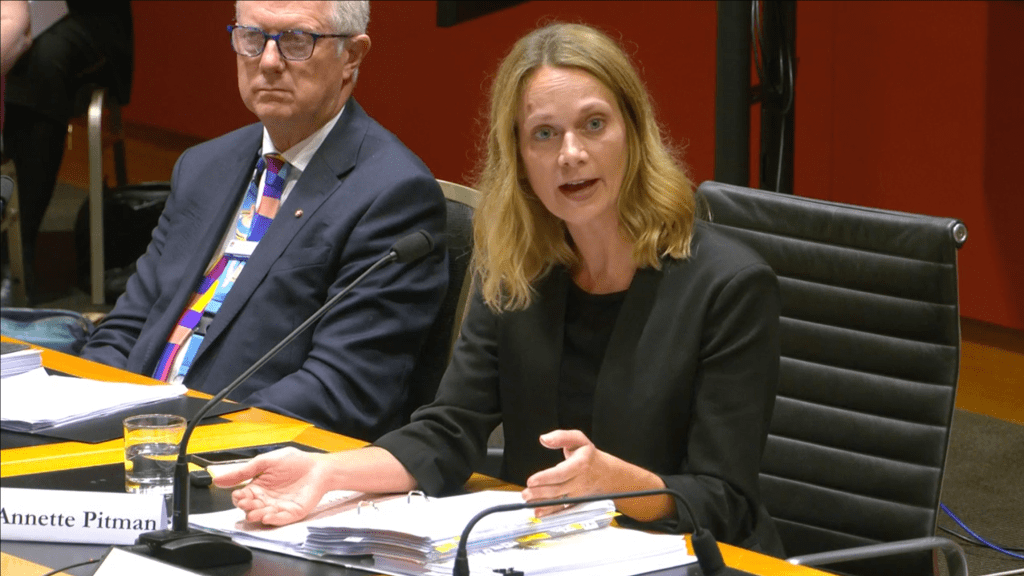

‘There was a decision made to align the multi-year funding program with the Arts and Cultural and Creative Industries Policy, which is currently being developed, and that decision was taken in consultation with the Minister,’ said Pitman, of Create NSW.
Pitman spoke of the consultation process for the new policy, reporting that the organisation received 775 submissions, and adding that the feedback was both positive and negative. She continued: ‘With regard to existing multi-year client agreements, we are in the process of extending those until 31 December 2025.’
Graham confirmed the Arts, Cultural and Creative Industries Policy. ‘One of the key issues I expected to look at in that policy is to find homes for our creative communities… So step one, the Arts, Culture and Creative Industries Policy out before the end of the year; Sound NSW has already been established and is commencing work and will appoint a board shortly, and that will really guide the direction of that plan I’d expect next year. I’d love to see it early next year.’
Historic budget for new Museums of History
Not yet a year old, the Museums of History was also questioned about its numbers on the page. The organisation’s head, Mary Darwell, said it finds itself in a ‘very difficult place to compare previous budgets with the current budgets…
‘The budget that we’ve received this year is on par with the amalgamated institutions, minus the regulatory function from previously years, except the sort of one-off initiatives; for example, the funding received for the establishment of the Museums of History,’ said Darwell.
She added that the amalgamation has meant that substantial commercial revenue from the Government Records Repository now falls within the organisation’s budget. The funding from the Department this year is $34 million, of which $24 million is operational funds and about $9-10 million is capital investment.
Darwell continued, ‘And then also, we have revenue from venue hire and philanthropy, and a number of other aspects of commercial business. So there’s no material change year-on-year.’
In terms of the impact of efficiency dividends, Darwell explained, ‘This is a new institution – so the efficiency dividends that were marked three years ago for the Historic Houses Trust. So it has been hard to track. I’m not looking historically.’
The conclusion?
Compounded by pandemic funding complexities, and a new geography and scale across several arts organisations through increased infrastructure and amalgamation (which was largely overdue across the state), this year’s budget estimates are more difficult to gauge than previous years.
There was a sense that this next cycle will experience added financial pressures in line with a general cooling in spending; however, this year’s inquiry reiterated the importance of continued conversation with the Government. To call on Brand’s words, ‘We are currently in discussions with the Government to ensure that we continue operating and serving the public as we always have.’
And to conclude with the Minister’s words, ‘I’ve found these individual cultural institutions free spirited, as they should be, and not always open to central government guidelines. But I think it’s an important discussion to have with cultural institutions.’
The Budget Estimates and related papers for 2023-2024 were referred by the House to the Portfolio Committees for inquiry and report on 12 September 2023. These public hearings offer a moment to question the numbers, and request further information.


